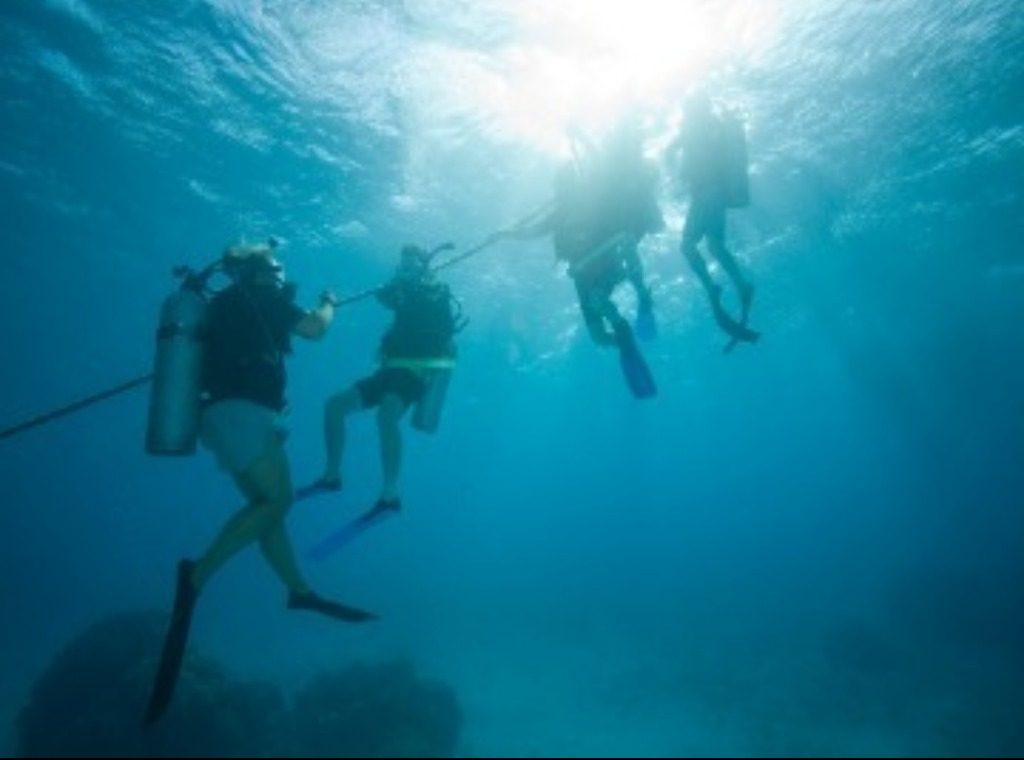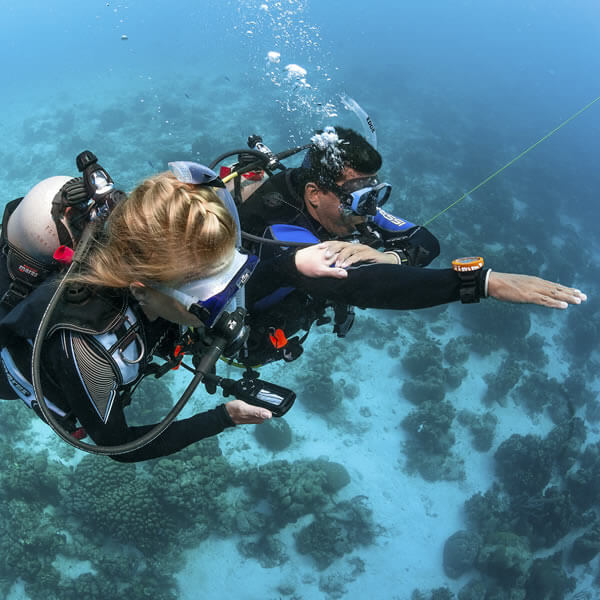
In general: measures before hiring or coming to the diving course
– Information and bookings: Carry out as many administrative procedures as possible, such as information, inquiries, reservations, sending documentation, etc., prior to the scheduled date of the activity.
– Contracting and payments: for the same reason, the contracting of services and any other product available in advance will be promoted among customers, to minimize the time spent at the reception / office. This will also contribute to better planning of the daily activities of the center, organization of shifts and resources, which results in greater safety for workers. Likewise, and for the same reason, advance payment will be encouraged through virtual POS, bank transfer or any other electronic payment method.
– The client must complete the online documentation and electronically upload the responsible declaration [1] to carry out the activity. As far as possible, we will confirm its completion on a date prior to the activity, to avoid administrative procedures at the reception that delay the development of the activity and may compromise social distancing.
– In case of telephone bookings, we send a document by email to the clients, of all those aspects and requirements to take into account in carrying out the activities
Theory of diving in Open Water courses
In order to avoid the agglomeration of people in closed spaces and, therefore, the risk of contagion, the action guidelines will be the following:
We have reinforced the use of digital training materials, and the support sessions / tutorials by the instructors will be carried out, preferably, online; and if it were in person, in an open space keeping the distances.


Pool training in Open Water courses
In order to avoid the risk of contagion, the guidelines for action will be the following:
– Each student will receive the diving equipment that they will use in the pool: cylinder and a box in which the regulators, BC, fins, mask and tube will be. All this material will be properly sanitized / disinfected.
– The assembly and verification of the equipment will be carried out keeping 2 meters of separation between people and all with the masks on. Each user their own equipment, without manipulation or contact with other people’s equipment.
– We remind customers and staff to disinfect their hands before touching the taps, bottles and 1st stage connections during assembly.
– The pre-dive information (called “briefing”) will be done keeping the safety distance and with the mask on, said “briefing” can be done out of the water or in the pool area where you can stand.
– Once under water the possibility of contagion is highly unlikely, due to the chlorination of the pool water. In any case, in certain exercises of the course we will follow the guidelines set by the SSI organization:
Putting on equipment and exits
Non-contact options: Put on sitting and then tack without standing; Staff / colleague is in full gear and wears mask / regulator breather while helping you
Out of Air skills
We will plan who will practice with whom so that only one person uses every second alternate air source stage. This avoids having to surface and re-sanitize to complete skills training.
Oral BC Surface Inflation
Those who are not doing the skill remain socially distant using the regulator but within immediate reach.
Swimming on the surface
We will use the sliders to swim on the surface or dive and point away from other divers; For snorkeling exercises, partners take turns, with one using the snorkel positioned the tube opening pointed away from other divers. Establish adequate space between pairs of companions.
Exits
Divers exiting must keep their masks on out of the water and socially distant from others. Touching your face after removing the mask should be avoided until your hands are disinfected and / or you have a disinfected towel available.
Safety control before diving
Comply with the social distancing spaces. Dive buddies can wear masks, breathe from regulators if contact is needed (eg valve opening confirmation). Some checks may change when the equipment is assembled (for example, colleagues look at each other to open valves).
Descents
Swap the snorkel for the regulator while socially distant and buoyant, then zoom in to descend.
Ascending to surface
Establish the buoyancy to separate before switching to the snorkel. Breathe from the regulator when appropriate and possible.
Snorkeling Skills
After ensuring great buoyancy, students practice while being socially distant from each other and from staff. Have divers exhale the snorkel away from their partners.
Mask clearing, remove and replace
If a panic ascent requires contact and ascent to the surface, the instructor maintains the mask and breathes from the regulator. After ensuring buoyancy and safety on the surface, the instructor steps back to give voice instructions if necessary.
Removing and replacing scuba equipment on the surface
First ensures ample buoyancy (weights are put on after the regulator is attached, and are removed before leaving the regulator). Peers / staff backtrack on sliders, while student practices steps without slider.
Diver tow
Both divers use regulators and simulate by mouth if respiratory exchange is a problem (depending on trailer, wind direction, etc.)
Swimming without a mask
Have students have clean / disinfected hands before going into the water. Remember to avoid touching your face with your hands without disinfecting / unwashed.
– Post-dive information (called “debriefing”) will be done keeping the safety distance and with the mask on, said “debriefing” can be done out of the water or in the pool area where you can stand.
– Disassembly will be carried out in the open spaces of the pool, maintaining the safety distance. Each user their own equipment, without manipulation or contact with other people’s equipment.
– The diving equipment will be introduced in the box , covered and deposited in the place assigned by the instructor. This material will only be for the student’s personal use during the pool session
Training at sea during Open Water courses
The guidelines set forth in “Xaloc COVID-19 measures for diving operations”
Although until recently it was believed that the risk of contagion under seawater is zero, today we cannot guarantee it, so we must take certain precautions with exercises to avoid possible contagions that may occur during training in open water.
The risk is limited to those training exercises in diving courses where the equipment is shared with the partner. To carry out these exercises we will have alternatives, following the guidelines set by the SSI organization.

